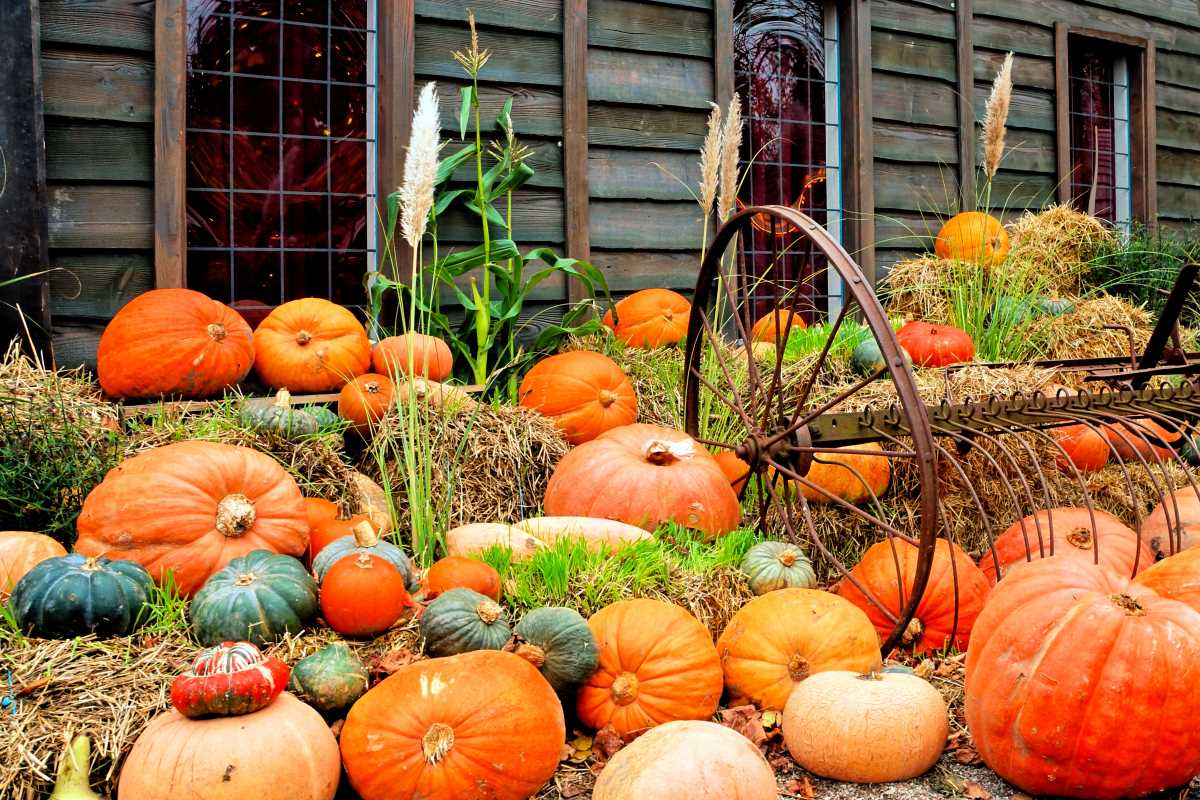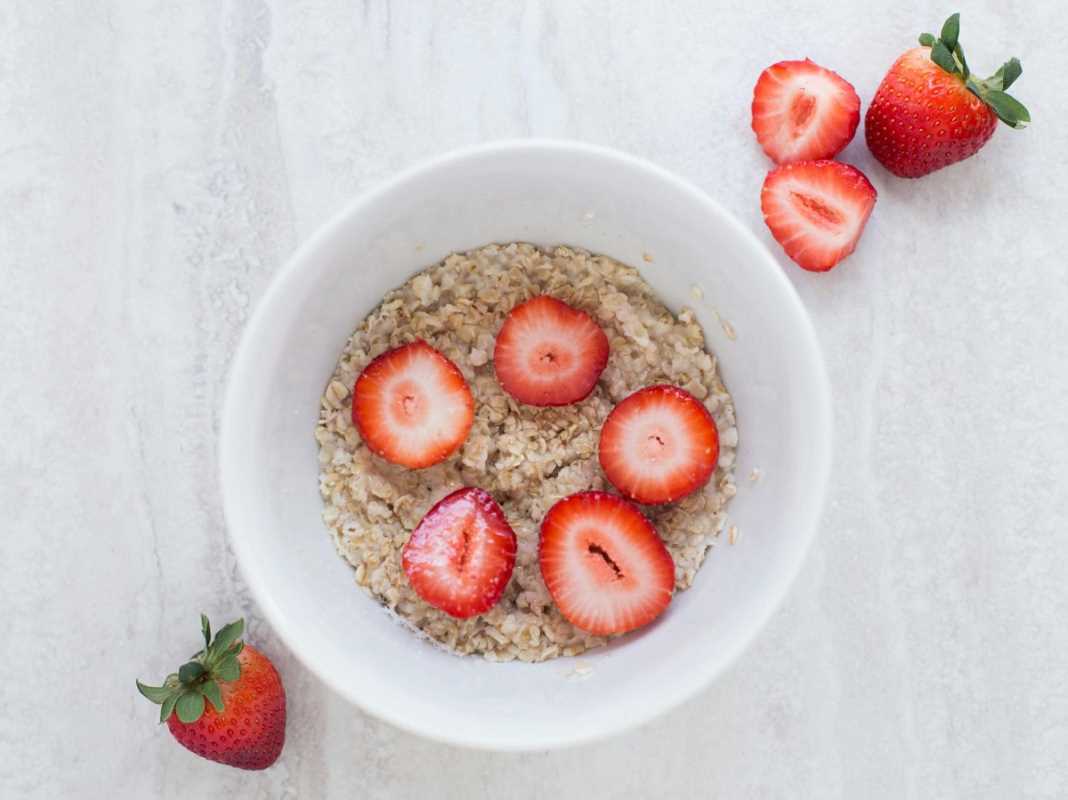There’s nothing quite as satisfying as preparing a delicious meal with fresh produce you’ve grown in your own garden. Seasonal eating not only ensures peak flavor and nutrition in your dishes but also connects you to nature’s natural rhythms. From vibrant spring greens to hearty winter root vegetables, each season offers a unique bounty to inspire your cooking.
This guide shares simple, seasonal recipes using garden-fresh ingredients and provides tips for harvesting and storing produce so you can enjoy your garden’s flavors all year long.
The Benefits of Eating Seasonally
Eating seasonally has countless advantages for your health, your wallet, and the planet.
1. Maximized Nutrition and Flavor
Fruit and vegetables harvested at their peak are richer in nutrients and taste far better than out-of-season produce.
2. Eco-Friendly and Cost-Effective
Seasonal eating reduces the carbon footprint of your meals by cutting down on transportation and storage requirements for off-season produce. Plus, growing your own food is cheaper and waste-free!
3. Supports Biodiversity
Rotating crops seasonally helps maintain healthy soil in your garden, supports local pollinators, and encourages a thriving ecosystem.
Spring Recipes
Spring is all about delicate, green produce bursting with vibrant flavors. Fresh herbs, leafy greens, and early vegetables take center stage.
1. Spring Greens and Herb Salad with Lemon-Tahini Dressing
This simple salad combines the freshness of spring with creamy, zesty flavors.
Ingredients
- 2 cups mixed spring greens (spinach, arugula, or baby kale)
- 1/2 cup fresh herbs (parsley, dill, mint)
- 1/2 cucumber, sliced
- 1/4 cup radishes, thinly sliced
- 1/4 cup toasted sunflower seeds
Lemon-Tahini Dressing:
- 2 tbsp tahini
- Juice of 1 lemon
- 1 tbsp olive oil
- 1 tsp maple syrup
- Pinch of garlic powder
- Salt and pepper to taste
Instructions
- Whisk together the dressing ingredients until smooth, adding a splash of water to thin if needed.
- Toss the greens, herbs, cucumber, and radishes in a bowl.
- Drizzle the dressing over the salad and sprinkle with sunflower seeds before serving.
2. Pea and Mint Soup
This creamy soup is as refreshing as spring itself.
Ingredients
- 2 cups fresh garden peas (or frozen)
- 1 clove garlic, minced
- 1/2 onion, chopped
- 2 cups vegetable stock
- 1/4 cup fresh mint leaves
- 1/2 cup canned coconut milk
- Salt and pepper to taste
Instructions
- Sauté onions and garlic in a pot until soft.
- Add peas, stock, and mint, then simmer for 10 minutes.
- Blend the mixture until smooth, stir in coconut milk, and season before serving.
Summer Recipes
Summer delivers bountiful harvests of tomatoes, zucchini, peppers, and juicy fruits. These recipes highlight the rich flavors of seasonal sun-ripened produce.
1. Grilled Veggie and Quinoa Salad
This hearty salad is perfect for warm evenings or BBQs.
Ingredients
- 1 cup cooked quinoa
- 1 zucchini, sliced
- 1 red bell pepper, sliced
- 1 small eggplant, sliced
- 1 cup cherry tomatoes, halved
- 2 tbsp olive oil
- 1 tbsp balsamic vinegar
- 1/4 cup fresh basil, chopped
Instructions
- Brush zucchini, bell pepper, and eggplant with olive oil and grill until tender.
- Toss grilled veggies with quinoa, cherry tomatoes, balsamic vinegar, and basil.
2. Stuffed Summer Tomatoes
Juicy tomatoes filled with a savory, herby filling make for a standout summer meal.
Ingredients
- 4 large garden tomatoes
- 1/2 cup cooked rice or quinoa
- 1/4 cup chopped parsley
- 1/4 cup chopped walnuts
- 1 clove garlic, minced
- 1 tbsp olive oil
- Salt and pepper to taste
Instructions
- Hollow out the tomatoes, keeping the tops intact.
- Mix the rice, parsley, walnuts, garlic, olive oil, and seasoning in a bowl.
- Stuff the mixture into the tomatoes, place the tops back on, and bake at 375°F for 15–20 minutes.
Fall Recipes
Fall brings cozy, earthy flavors with its pumpkins, squashes, and root vegetables. These recipes highlight all the warmth of the season.
1. Roasted Butternut Squash and Sage Pasta
Ingredients
- 2 cups diced butternut squash
- 2 cloves garlic, minced
- 2 tbsp olive oil
- 1 cup cooked pasta (penne or fusilli work great)
- 1/4 cup fresh sage leaves
- Salt and pepper to taste
Instructions
- Roast butternut squash with olive oil, garlic, salt, and pepper at 400°F for 25–30 minutes.
- Toss roasted squash with cooked pasta and garnish with sage leaves lightly crisped in a hot pan.
2. Pumpkin Lentil Curry
Ingredients
- 1 cup pumpkin puree
- 1 cup red lentils
- 1 onion, diced
- 1 can coconut milk
- 2 cups vegetable stock
- 2 tsp curry powder
- 1 tsp turmeric
- Salt and pepper to taste
Instructions
- Sauté the onion in a pot until soft, then stir in the curry powder and turmeric.
- Add lentils, pumpkin puree, stock, and coconut milk. Simmer for 20 minutes.
- Serve with rice or naan.
Winter Recipes
During winter, root vegetables and hearty greens are staples. These recipes highlight how to make these humble ingredients shine.
1. Roasted Root Vegetable Tray Bake
Ingredients
- 1 cup diced carrots
- 1 cup diced parsnips
- 1 cup cubed sweet potatoes
- 1 cup cubed beets
- 3 tbsp olive oil
- 1 tsp thyme
- Salt and pepper to taste
Instructions
- Preheat the oven to 400°F.
- Toss vegetables with olive oil, thyme, salt, and pepper.
- Spread evenly on a baking sheet and roast for 30–35 minutes, stirring halfway.
2. Kale and White Bean Stew
Ingredients
- 1 bunch kale, stems removed and chopped
- 1 can white beans, drained and rinsed
- 1 onion, diced
- 3 cloves garlic, minced
- 4 cups vegetable broth
- 1 tsp smoked paprika
- 1 tbsp olive oil
Instructions
- Sauté the onion and garlic in olive oil until fragrant.
- Add vegetable broth, beans, and smoked paprika. Simmer for 10 minutes.
- Stir in chopped kale and cook until tender (about 5 minutes).
Tips for Harvesting and Storing Produce
- Pick at Peak Ripeness: Harvest crops like tomatoes, squash, or cucumbers when they’re fully ripe for the best flavor.
- Store Carefully: Leafy greens stay fresh in damp paper towels, while root vegetables last longer in cool, dark storage.
- Preserve the Overflow: Freeze chopped herbs, blanch and freeze vegetables, or pickle surplus produce to enjoy off-season.
Eating seasonally and sourcing fresh ingredients from your garden simplifies cooking and ensures every meal is bursting with natural flavors. By celebrating each season’s unique offerings, you nourish your body, reduce your environmental impact, and enjoy the simple joys of sustainable living.







